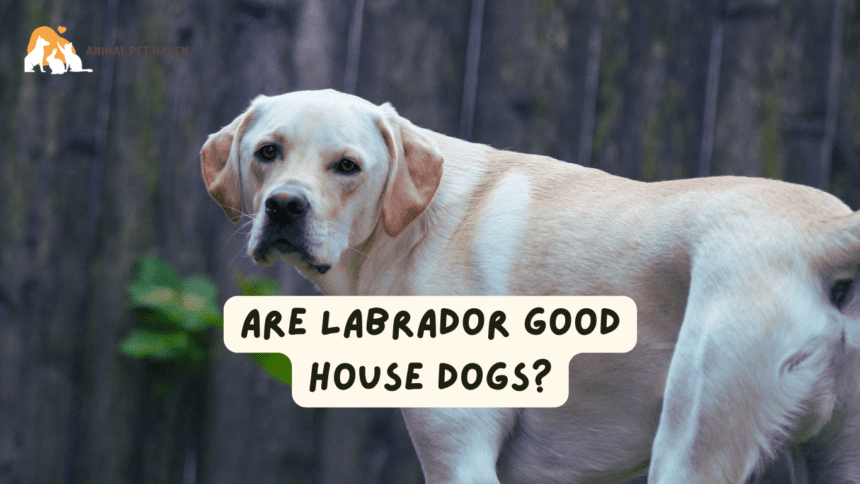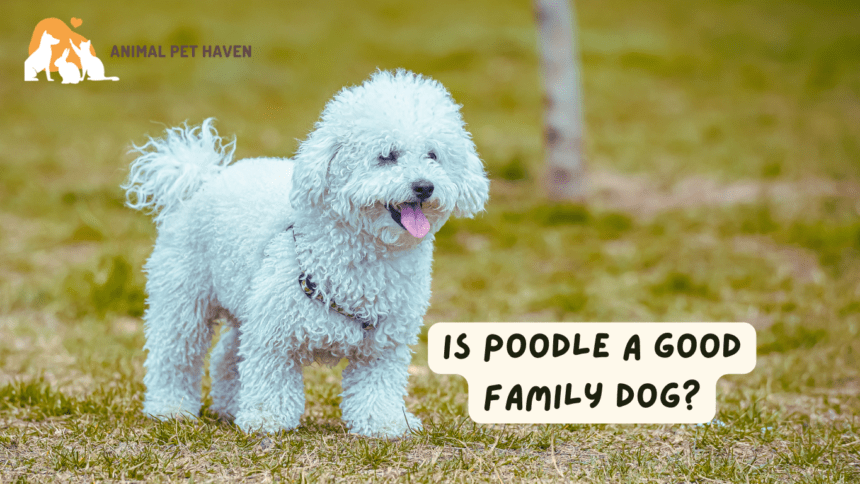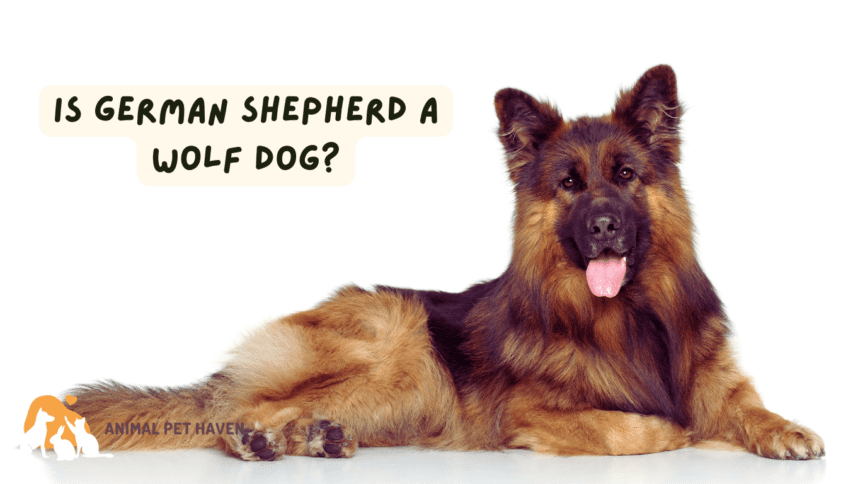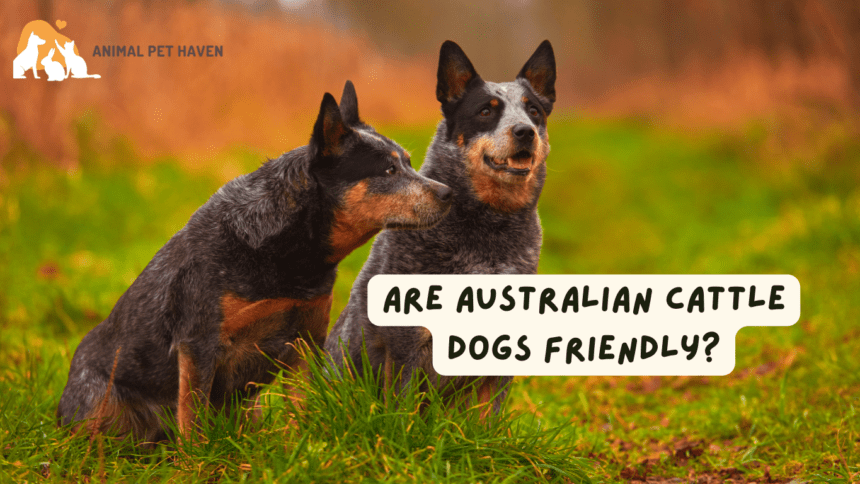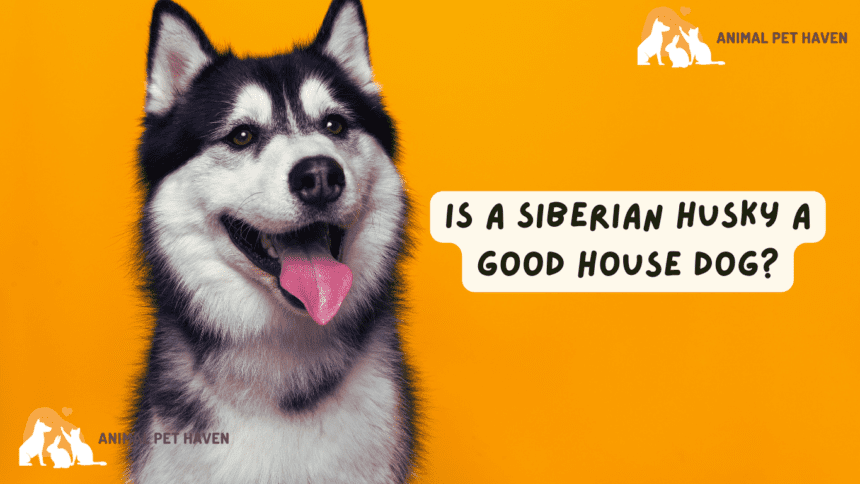Introducing dogs to each other can be challenging. Many dogs don’t know how to greet each other properly. This can cause problems when you first introduce two dogs.
The first step is to take it slow. Start by walking the dogs side by side, but keep them about 30 feet apart. This lets them get used to each other without feeling rushed.
Watch their body language closely. Look for signs of calmness, like a relaxed posture and no aggressive stares. Reward them with treats and praise for staying calm. This helps them associate the new dog with good things.
As they get more comfortable, you can slowly bring them closer together. Aim for them to walk side by side without any tension. Remember, it might take a few tries before they’re ready to meet face-to-face.
If you’re not sure how to introduce your dogs or if they seem stressed, get help from a professional trainer. They can help you make sure the introduction is safe and successful for both dogs.
Understanding the Importance of Proper Dog Introductions
Introducing two dogs needs to be done right. First impressions are crucial for their relationship. A good introduction can lead to a lifelong friendship. Let’s look at why this is important and how to do it safely.
Why First Impressions Matter in Canine Relationships
Dogs are social animals. Their first meeting can either make or break their bond. A positive start helps them feel safe and relaxed together. This is important to prevent fights and stress later on.
Potential Risks of Improper Introductions
Rushing introductions can cause problems. Dogs might growl or become territorial if they feel threatened. This can lead to fear or aggression that’s hard to fix. It’s better to introduce dogs slowly and carefully to avoid these issues.
Benefits of a Well-Planned Introduction
Planning a dog introduction carefully is worth it. It keeps the dogs calm and builds trust. The best way to introduce dogs is through parallel walking. This lets them get used to each other without feeling pressured. As they relax, you can let the dogs get closer.
- Reduces stress for both dogs
- Prevents aggressive behavior
- Builds a foundation for friendship
- Creates positive associations
Remember, patience is key. It might take days for dogs to feel comfortable. But with care and attention, you can help your furry friends form a strong, positive connection.
Preparing for the Introduction: Essential Gear and Mindset
Getting ready for a successful dog introduction is key. A professional dog trainer suggests using secure gear. This means using Martingale collars or harnesses with 6-foot leashes. Avoid retractable leashes as they can be unreliable.
Fill your pockets with high-value treats to reward calm behavior. This positive reinforcement helps both dogs associate the new experience with good things. Keep a cheerful attitude throughout. Your resident dog will pick up on your emotions, so stay relaxed and confident.
When walking the dogs, praise them and offer treats when they look up at you. This helps them focus on you instead of the other dog. If introducing an adult dog to a puppy or feeling unsure, consider a professional dog trainer’s help.
“Dogs interact best when both humans and canines are calm and positive,” says Cesar Millan, renowned dog behaviorist.
The goal is to create a positive first impression. This way, your dogs can become new friends. With the right preparation and mindset, you’re setting the stage for a harmonious relationship between your furry companions.
Choosing the Right Location for Dog Introductions

Finding the perfect spot for your dogs’ first meeting is key. A neutral place helps reduce tension. It lets dogs focus on each other without distractions. This is important when introducing your current dog to a new one.
The Importance of Neutral Territory
Neutral territory is crucial for dog introductions. It’s a place neither dog has claimed. This prevents territorial behavior and lets dogs interact safely.
Ideal Outdoor Spaces for Dog Meetings
Large outdoor areas are best for dog introductions. Parks or quiet streets offer enough space. They let dogs approach each other slowly, reducing stress and conflicts.
- Parks with open spaces
- Quiet neighborhood streets
- Hiking trails
Avoiding Territory-Related Conflicts
To avoid territorial issues, don’t introduce dogs in their homes or yards. These places can trigger protective instincts. Choosing neutral ground helps dogs feel equal, without the need to be the leader.
“Selecting a neutral location sets the stage for a positive first encounter between dogs, allowing them to focus on each other rather than defending their territory.”
Every dog is different. What works for one might not work for another. Always put safety first and be ready to separate dogs if needed. With patience and the right approach, your dogs can become great friends.
Reading and Interpreting Dog Body Language
Understanding dog body language is crucial for safe introductions. Each dog has its own way of communicating. The humane society stresses the need to recognize these signs for a good first impression.
Dogs show their feelings through different body parts. A wagging tail to the right means they’re happy. A left wag can show sadness. A raised tail means they’re confident, while a tucked tail shows fear or stress.
It’s important to watch for signs of discomfort or aggression. Raised hackles, bared teeth, growling, or staring for too long are warning signs. On the other hand, loose, wiggly body language and looking at the handler often means they’re feeling good.
Dog body language can be tricky to read. A yawn might mean they’re stressed, not tired. Lip-licking usually means they’re anxious, not wanting to be petted. If a dog’s eyes show the white part, they’re uneasy.
“Dog body language should be interpreted as a package of signals rather than individually.”
When introducing cats and dogs, it’s even more important to understand these signals. If either animal looks stressed, keep them apart or stop the introduction. Reward them with treats and praise for calm behavior to encourage positive interactions.
- Watch for play bows – a sign of friendly intentions
- Observe tail position and movement
- Pay attention to facial expressions and ear positioning
- Notice overall body posture and tension levels
Learning to read dog body language helps make introductions smoother and safer for all.
The Parallel Walking Technique: A Step-by-Step Guide
Many professional dog trainers suggest using parallel walking to introduce dogs. This method helps dogs get to know each other in a safe and positive way.
Starting with Distance: The 30-Foot Rule
Start by walking the dogs side by side, keeping a 30-foot gap. This distance lets one dog feel safe while watching the other. Keep walking in the same direction and give treats when they look at you instead of the other dog.
Gradual Approach: Closing the Gap Safely
When the dogs stay calm, start to close the gap between them. Switch places and let them sniff where the other has been. This slow approach helps them get used to each other.
Using Treats and Praise During the Walk
Use treats and praise to encourage good behavior during the walk. Reward them when they seem comfortable, like with a wide open mouth. A pro might suggest swapping towels to get them used to each other’s smells before meeting.
- Choose neutral, low-distraction locations for parallel walks
- Watch for signs of stress like raised fur or increased panting
- Praise positive behaviors such as sniffing the ground or looking away when uncomfortable
- Gradually extend interaction time as dogs remain calm
The main goal is to make the experience positive for both dogs. If a dog seems uncomfortable, increase the distance and keep walking calmly. With patience and consistency, parallel walking can help dogs get along well.
How to Introduce Dogs to Each Other: The Face-to-Face Meeting

When it’s time to bring both dogs together, preparation is key. Studies show that 80% of rushed introductions lead to serious problems between dogs. Start with a parallel walk to help the dogs get used to each other’s presence.
As you decrease the distance between the dogs, watch their body language closely. If one or both dogs become tense, increase the space between them. Remember, 75% of dogs express acceptance if they’re compatible during the introduction.
When the dogs are calm, allow a brief face-to-face interaction. Keep leashes loose but maintain control. Let them sniff each other for a short time, then resume walking. This approach helps prevent potential conflicts and allows the dogs to get acquainted gradually.
- Keep initial meetings short and positive
- Watch for signs of stress or aggression
- Separate dogs if necessary
- Avoid forcing interactions if either dog seems uncomfortable
If the introduction goes well, you can allow slightly longer interactions. Always end on a positive note. It’s important to note that 50% of dog introductions require more time if the dogs initially display uncertainty. Be patient and let the dogs set the pace for their budding relationship.
Managing the First Off-Leash Interaction
After the first introduction, it’s time to let your dogs interact off-leash. This step requires careful planning and supervision. It ensures a positive experience for all canines involved.
Selecting a Safe Environment
Choose a secure, enclosed area for the off-leash meeting. Remove toys and food bowls to prevent resource guarding. This neutral space allows dogs to focus on each other without distractions.
Monitoring Play Behavior
Watch closely for balanced interactions. Look for play bows, taking turns chasing, and self-handicapping. These behaviors indicate healthy play.
Interrupt play every few minutes to prevent overexcitement. This helps keep the mood positive and allows dogs to reset.
Intervening When Necessary
Be ready to step in if play becomes too rough or one dog seems overwhelmed. End the session on a good note before dogs get tired. When not supervised, keep new dogs in separate rooms until they’re fully comfortable with each other.
Remember, introducing a dog to a new companion takes time. About 33% of dogs may need help with successful introductions. It’s crucial to observe body language for signs of stress or fear.
If tensions rise, slow down the process and keep the dogs separated initially. With patience and proper management, most dogs can learn to enjoy the company of other dogs.
Special Considerations for Puppies and Adult Dogs
Dogs are social animals, but introducing puppies to adult dogs needs careful planning. The resident dog might need time to adjust to a new puppy’s energy. Never force the dogs to interact if either shows signs of discomfort.
When arranging for dogs to meet, choose a neutral location. This reduces territorial behavior. Start with parallel walks, keeping the dogs at a distance. Gradually allow one dog to approach the other as they become comfortable.
Puppies often need frequent breaks due to their high energy. Adult dogs may lose patience with puppy antics. Give the older dog quiet time away from the puppy. This helps prevent stress and jealousy.
Supervise all interactions closely. Be ready to redirect the puppy’s attention if play becomes too rough. When you can’t watch them, consider crating the puppy to prevent incidents.
- Conduct health checks before introductions
- Provide separate feeding times to avoid conflicts
- Reward both dogs for good behavior
- Create a routine to help both dogs adjust
Remember, adult dogs can help train puppies. They often assist with housebreaking and teaching commands. With patience and proper management, dogs are able to form strong bonds regardless of age differences.
Troubleshooting Common Introduction Challenges
Introducing dogs to each other can be tricky. If neither dog can get close without stress, change your approach. Walking in the same direction at a safe distance helps ease tension. A successful first meeting is key for future interactions.
Dealing with Leash Reactivity
Leash reactivity is a common issue. If a dog shows aggression or fear on leash, keep them apart. Start with desensitization exercises before trying closer interactions. About one-third of dogs get frustrated with on-leash greetings.
Handling Overly Excited Dogs
Overly excited dogs can ruin introductions. Use calming techniques and keep a safe distance until they focus on their handlers. Drop leashes when dogs seem friendly to reduce tension. Let both dogs sniff and greet naturally to establish social cues.
When to Seek Professional Help
If aggression or severe anxiety doesn’t go away, get professional help. Never force dogs to interact if they’re scared or aggressive. Some dogs need many sessions to get along with new dogs. Understanding each dog’s personality is crucial for a good introduction.
FAQ
Why are proper dog introductions important?
First impressions are key in dog friendships. Good introductions help dogs get along and build positive bonds. Bad introductions can cause fights, fear, or aggression.
Well-planned introductions lay a strong foundation for friendship. They reduce stress and prevent bad behavior.
What should I prepare for a successful dog introduction?
Make sure both dogs wear secure collars and leashes. Use 6-foot leashes, not retractable ones. Carry small treats to reward calm behavior.
Keep a happy and cheerful attitude during the introduction.
Where is the best location to introduce dogs?
Pick a neutral place, like a big outdoor area. This lets dogs stay 30 feet apart at first. Avoid their homes or yards to prevent territorial behavior.
How can I read and interpret dog body language during introductions?
Look for signs of discomfort or aggression, like raised hackles or growling. Positive signs include loose body language and looking at the handler.
Understanding dog body language ensures a safe introduction.
What is the parallel walking technique for introducing dogs?
Start by walking dogs parallel to each other, 30 feet apart. Walk in the same direction, giving treats when they look at you. Gradually get closer as they stay calm.
Use treats and praise to encourage good behavior.
How should I manage the first face-to-face meeting between dogs?
Keep leashes loose but in control. Let them sniff briefly, then walk again. Watch for stress or aggression and separate if needed.
Avoid forcing interactions if a dog looks uncomfortable. Keep meetings short and positive.
What should I consider for the first off-leash interaction?
Choose a secure, enclosed area. Remove toys or food bowls to prevent fights. Watch play closely for balanced interactions.
Interrupt play to prevent overexcitement. End on a positive note before they get tired.
Are there any special considerations when introducing a puppy to an adult dog?
Use the same gradual approach. Puppies under 6 months may need breaks for their energy. Some adult dogs get tired of puppy antics.
Never force interactions if an adult dog looks annoyed. Always supervise and separate when unsupervised.
How should I handle leash reactivity or overexcitement during introductions?
For leash-reactive dogs, keep a distance and work on desensitization. For overly excited dogs, use calming techniques and increase distance. If aggression or anxiety is severe, seek a professional dog trainer or behaviorist.







